Every weapon in Monster Hunter Wilds has three stats: Attack, which is self-evident; Affinity, which is the game’s version of Critical Hit Chance; and Element, which is never really properly explained.
Players interested in theory-crafting the perfect build for their endgame hunter and hunting monsters in the most efficient way possible will want to know how Elemental damage works, and whether or not it’s worth it to rely on it. Here’s the breakdown.

Related
Monster Hunter Wilds: How To Use Auto-Crafting
Auto-crafting is an easy way to make what you need and save inventory space in Monster Hunter Wilds; here’s how it works.
What Is Elemental Damage in MH Wilds
Elemental damage is a special type of damage that is calculated separately from raw physical damage and is added on top of it after all other damage calculations. Like raw attack damage, the Elemental damage number that is seen in the weapon selection screen is bloated, meaning it does not represent the actual value of the damage being done. A weapon that shows 210 Elemental damage does not actually do 210 elemental damage. The real elemental attack value is 210 divided by 10. So, a 210 Element weapon will deal 21 Elemental damage, a 500 Element weapon will deal 50, and so on.
Turning the ‘Damage With Coefficient’ option in Game Settings to ‘Damage Without Coefficient’ shows the true attack value for physical damage, but Elemental damage remains bloated.
In practical scenarios, i.e. when actively attacking the monster, this value is further affected via three additional factors:
- Weapon Sharpness: The sharpness of your weapon directly affects how much Elemental damage you do to monsters. If the Sharpness meter is in the red, the weapon loses -75% Elemental damage. A green-colored Sharpness meter deals 100%, and anywhere above that increases it by a certain percentage.
- Monster Elemental Weakness: Certain monsters are more susceptible to Elemental damage than others.
- Quest Difficulty: The higher the difficulty of the quest, the less Elemental damage you do.
- Rage Status: If a monster is enraged, you do either more or less Elemental damage (depends on individual monsters).
The final formula for how Elemental damage is calculated in Monster Hunter Wilds is:
(Elemental damage value / 10 x Weapon Sharpness x Monster Elemental Weakness x Quest Difficulty x Rage Status)
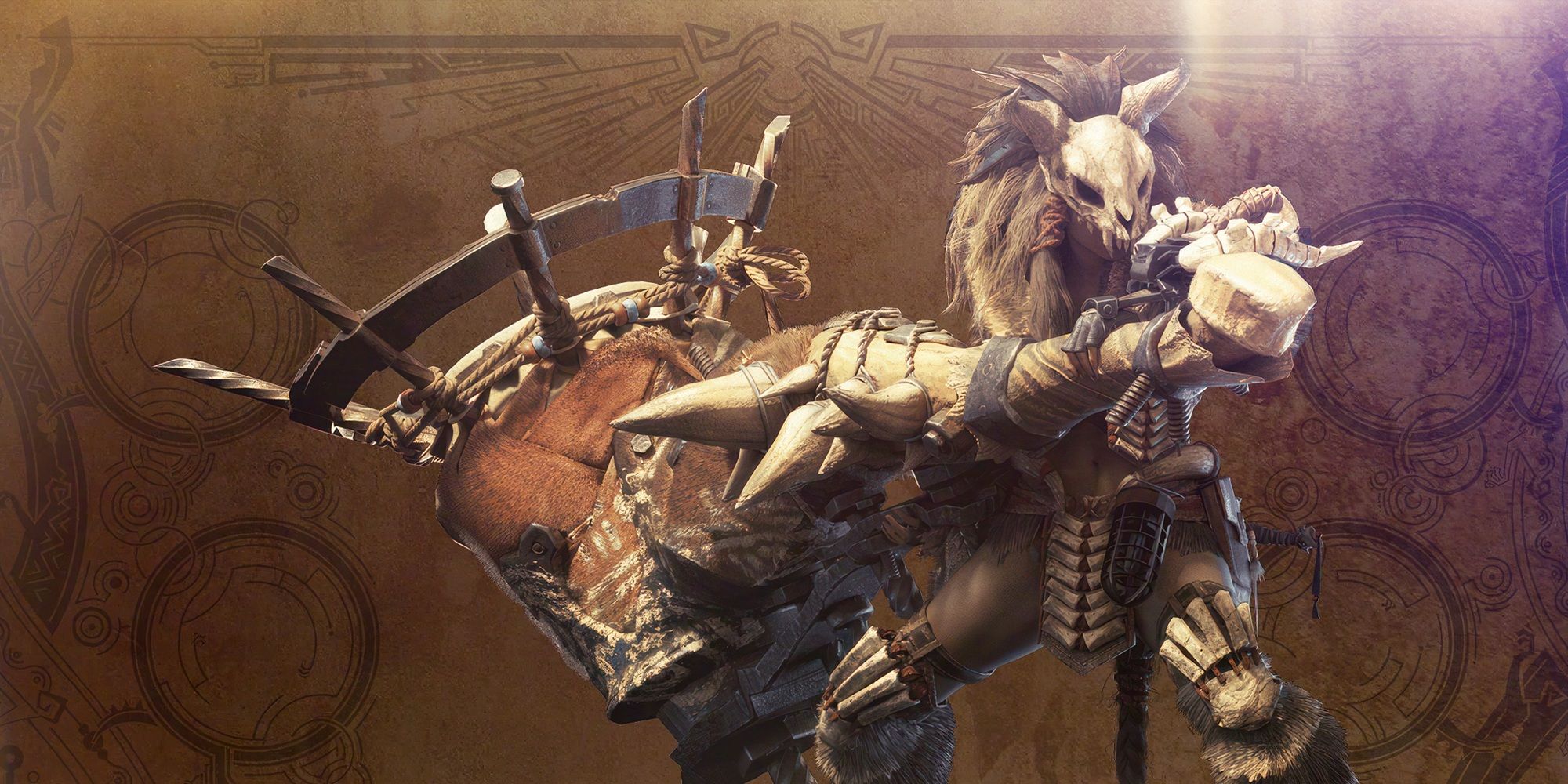
Related
Monster Hunter Wilds: Hunting Horn Guide
Hunting Horn is a bizarre but pretty fun weapon to use in Monster Hunter Wilds.
Types Of Elemental Damage
There are five types of Elemental damage in MH Wilds:
- Fire: Deals Fire damage.
- Water: Deals Water damage.
- Thunder: Deals Thunder damage.
- Ice: Deals Ice damage.
- Dragon: Deals Dragon damage.
Elemental Blight status effects (Fireblight, Waterblight, etc.) can only be applied to hunters by monsters—not the other way around. The only exception is Blastblight, which isn’t actually an Elemental attack but a status effect.
Elemental Attacks vs Status Effects
Elemental attacks and status effects occupy the same spot on the weapon selection screen (Element) and are often confused with one another. They are different, however, in that while Elemental attacks inflict pure Elemental damage, i.e. actual damage numbers, status effects only inflict status buildup. So a weapon with the 200 paralysis status ailment does not mean it will actually deal that amount of damage to a monster, or any damage at all, but it’s a representation of how quickly this weapon will inflict the paralysis status on that monster.
There are six types of Status Effects a hunter can inflict in MH Wilds:
- Sleep: The monster slumbers for a short while. Attacking it will awaken it, but the first attack will do more damage.
- Paralysis: The monster is paralyzed and cannot move for a short amount of time.
- Poison: Poison slowly drains the monster’s health for a short amount of time.
- Blastblight: Blast element builds as you attack. Once a certain threshold is reached, it detonates, causing damage.
- Stun: Attacking a monster’s head many times with a blunt weapon will KO them, leaving them wide open.
- Exhaust: Once blunt damage buildup reaches a certain level, the monster will lose a portion of its stamina.

Related
Monster Hunter Wilds: How To Customize Loadout
To create custom loadouts, Monster Hunter Wilds players must climb into their personal tent and get ready to navigate some menus.
Monster Elemental Weaknesses in MH Wilds
In the Large Monster Field Guide, there is a comprehensive weaknesses chart for every monster you have encountered so far in your journey. It can be viewed on the second page.
Each individual body part of the monster has a different weakness value to certain types of attacks. The rule is simple: the more stars you see, the more weak the monster is to that type of attack. In the instance pictured above, for example, it’s apparent that Zoh Shia is extra weak to Dragon Elemental attacks targeting its Head or Neck area. While other Elemental attacks will still be effective, denoted by single stars, they will deal less damage comparably.
Some monsters are outright immune to certain elements, while others are only immune to certain Elemental attacks under specific conditions. Rey Dau, for example, is completely immune to all Thunder attacks, whereas Guardian Arkveld is immune to all Elemental attacks, but only on its Left and Right Chainblade areas. Similarly, Yian Kut-Ku is immune to Dragon attacks except in its Neck Area, where it is weak to it.
Best Weapons For Elemental Damage in MH Wilds
A quirk of Elemental damage is that, unlike raw damage, its damage per hit scales pretty evenly for all weapons. This means that both the Great Sword and the Dual Blades will deal nearly the same amount of Elemental damage per hit, provided all other conditions are equal. Obviously, this is a huge point in favor of fast-hitting weapons like the Dual Blades and Insect Glaives, as they have the ability to get the most out of their Elemental damage stat compared to slower-hitting weapons like the GS and the Hammer.
As a general rule of thumb, the faster a weapon attacks, the better Elemental damage is on that weapon. On slow weapons, having Elemental damage is definitely not a negative, but players running these weapons should always prioritize pure raw physical damage and affinity over Elemental damage ten times out of ten.
Overall, the best Elemental damage weapons in Monster Hunter Wilds are:
- Dual Blades
- Insect Glaives
- Charge Blade
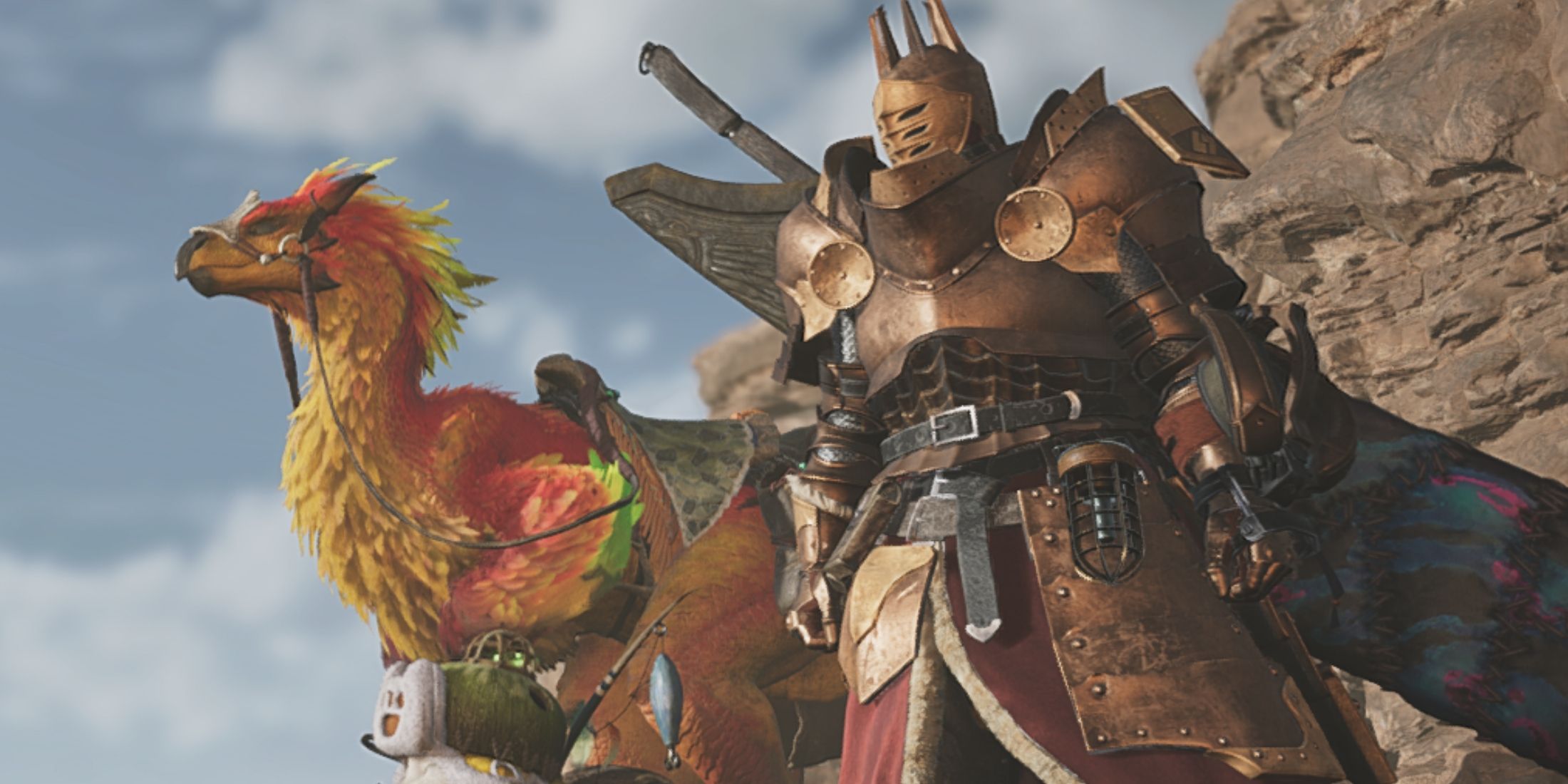
Related
Monster Hunter Wilds: 10 Things the Game Doesn’t Tell You
Monster Hunter Wilds is a complex game with lots of hidden mechanics. Here are some things that the tutorials don’t cover.
Affinity And Elemental Damage in MH Wilds
By default, Affinity (critical hit chance) does not interact with Elemental damage. The only way to change this is to use the Critical Element Equipment skill, which makes it so that Elemental damage is increased any time a player lands a critical hit. Do note that the Elemental damage itself is not being multiplied by the Affinity modifier, it is merely being increased by the skill. It’s a small difference, but worth noting.



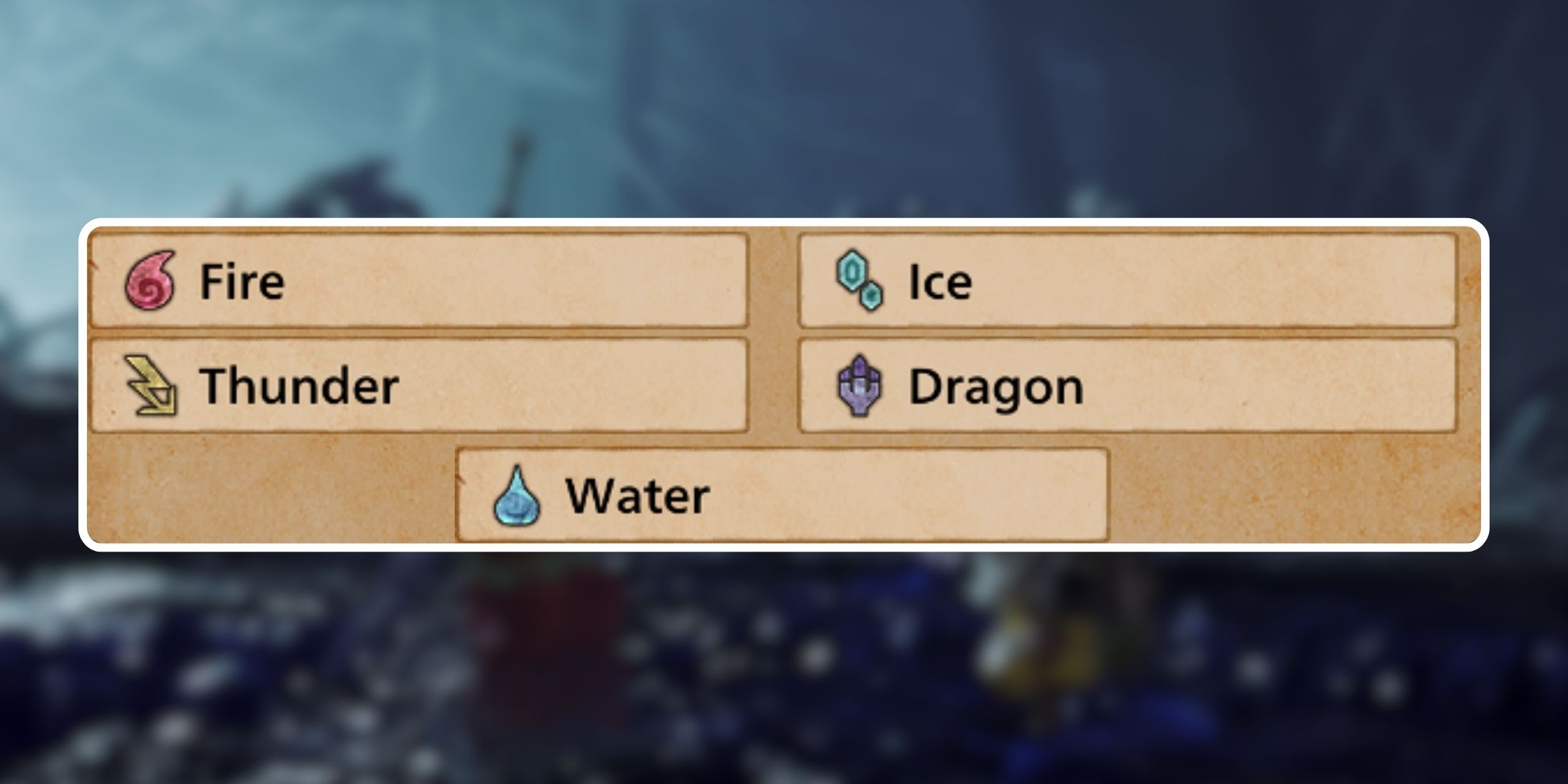


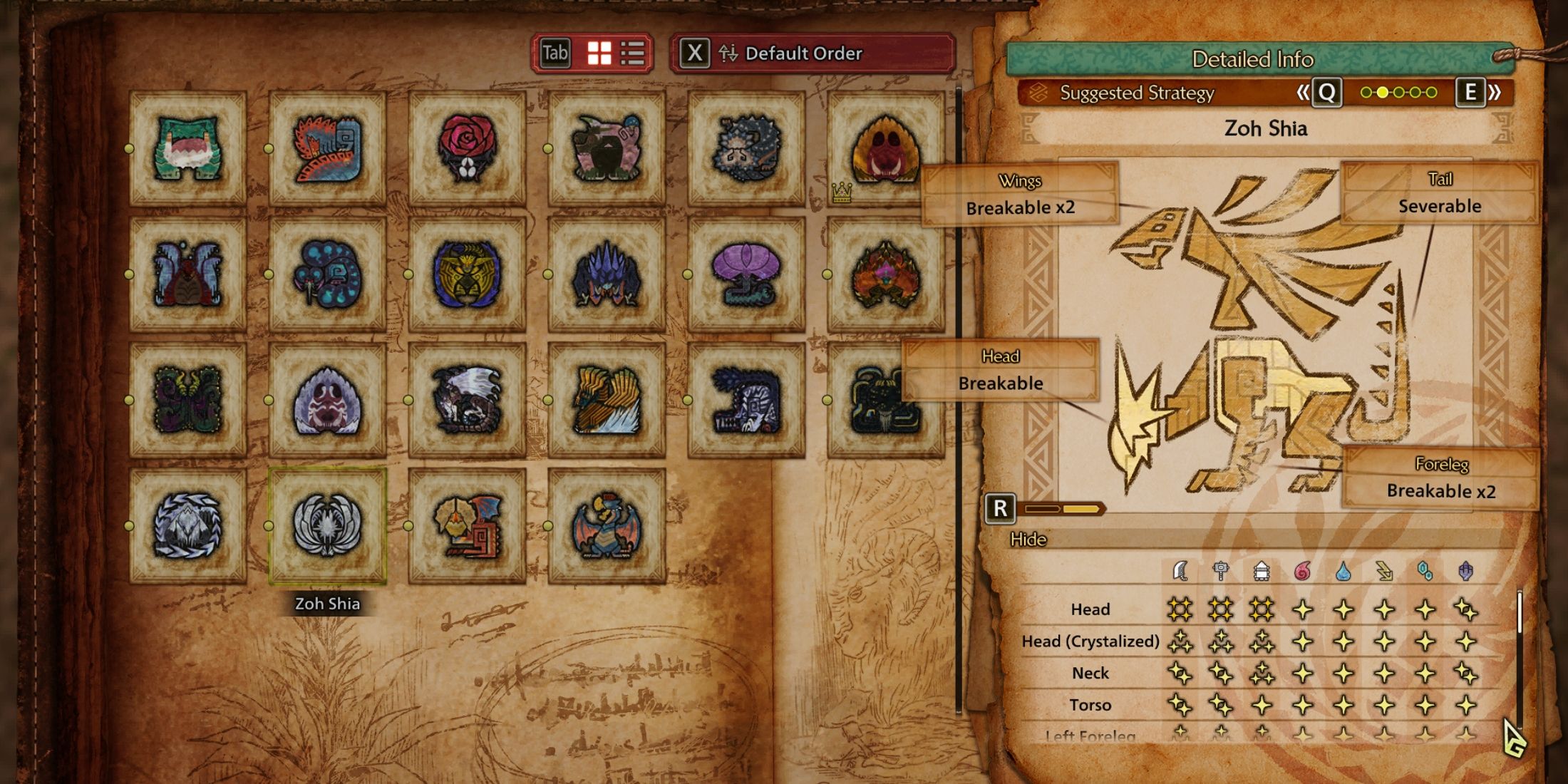
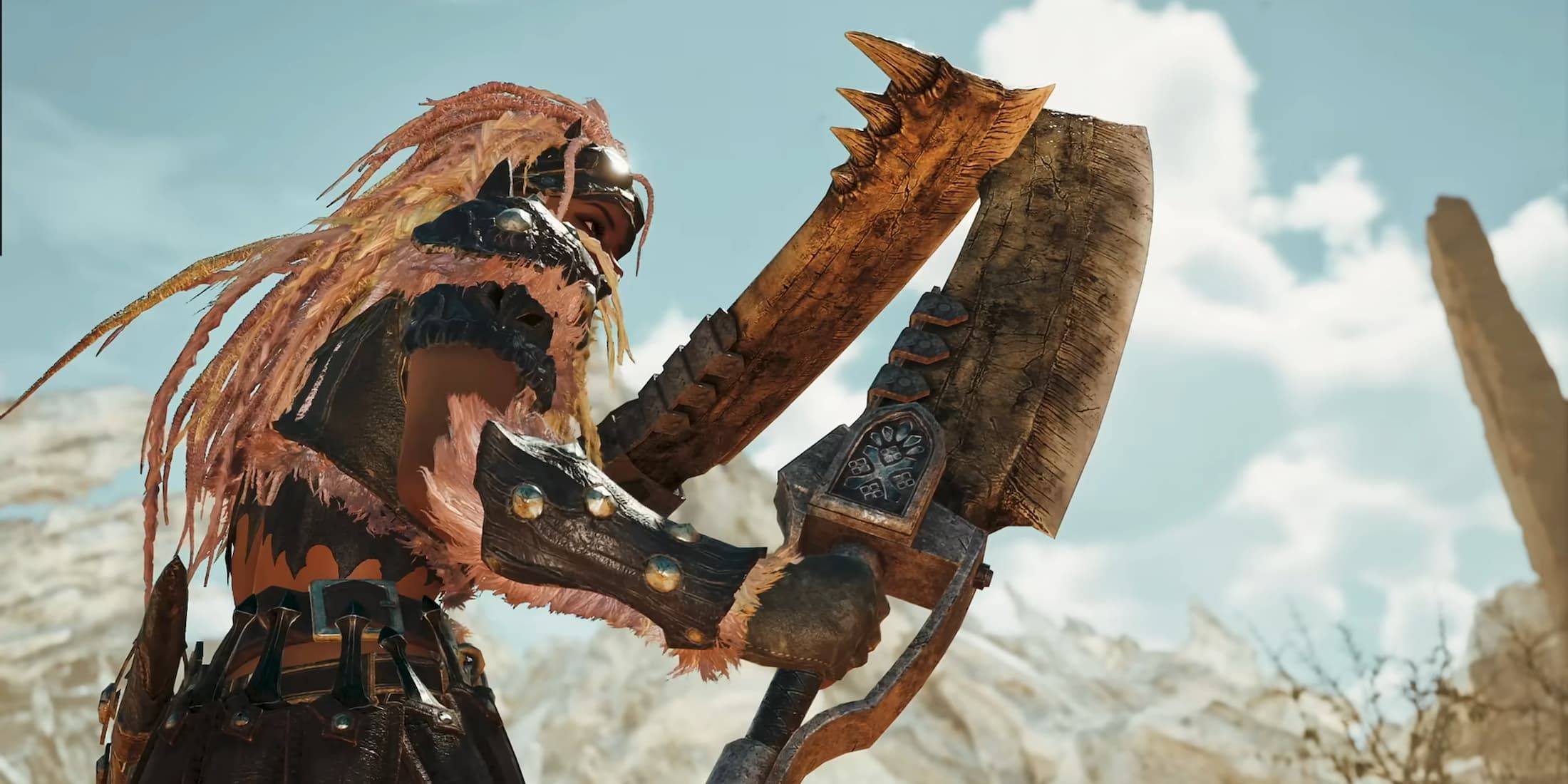
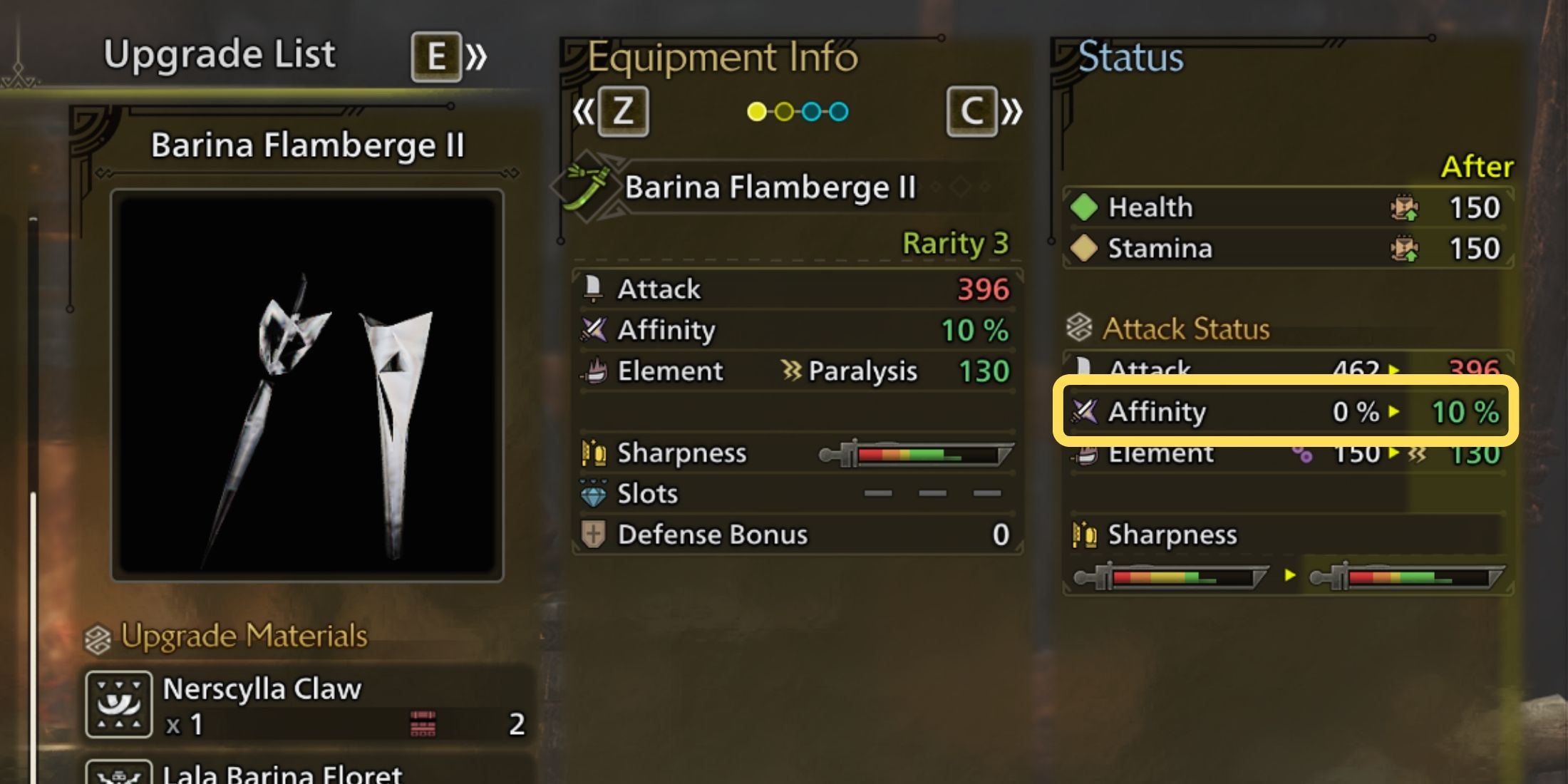
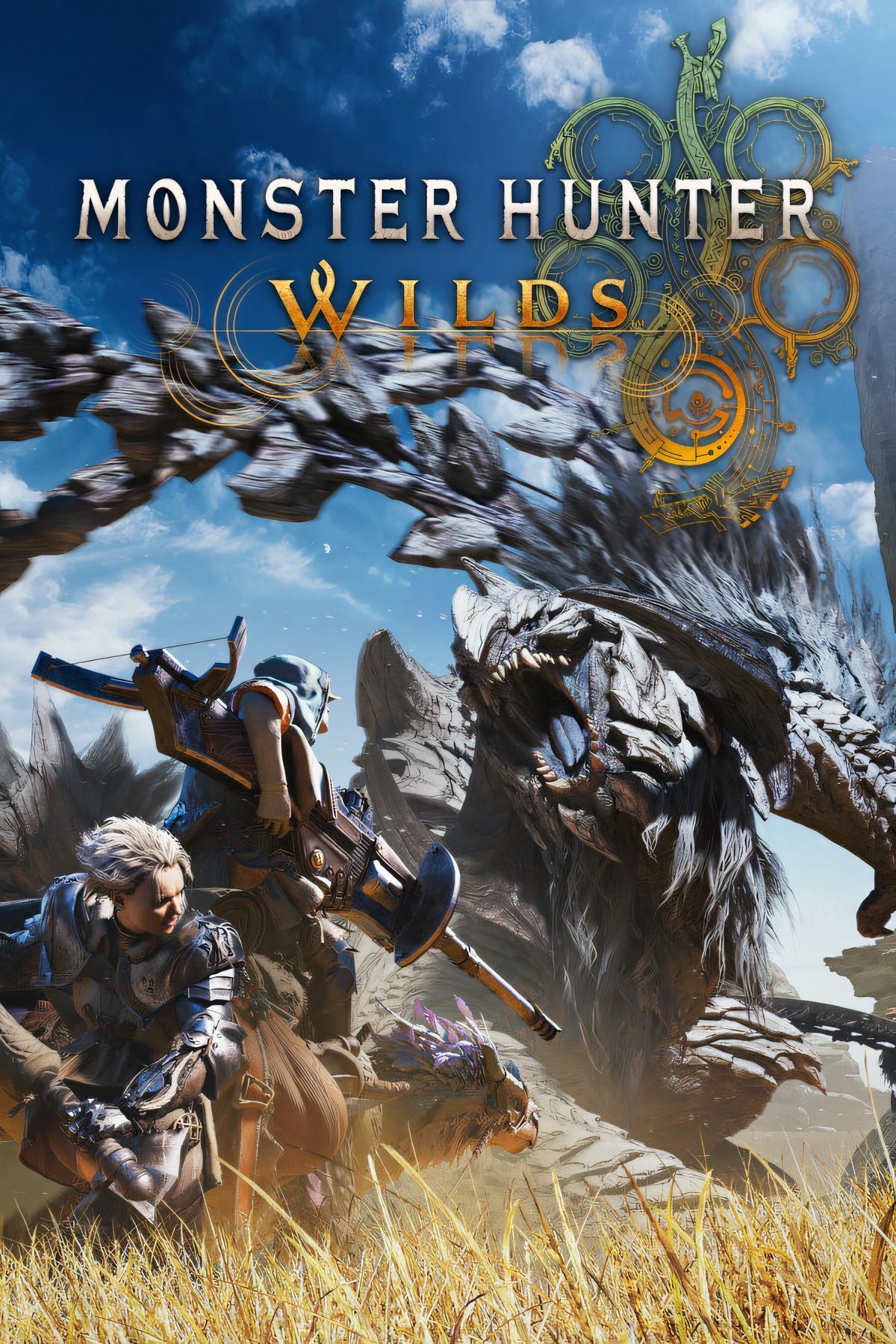



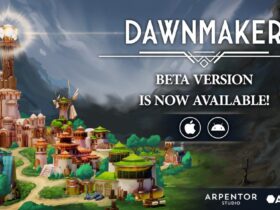




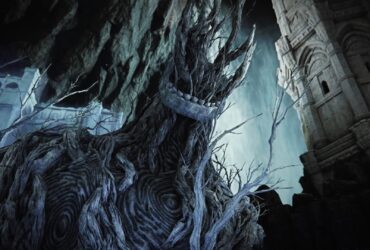
Leave a Reply